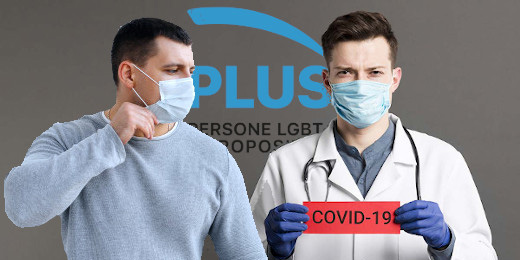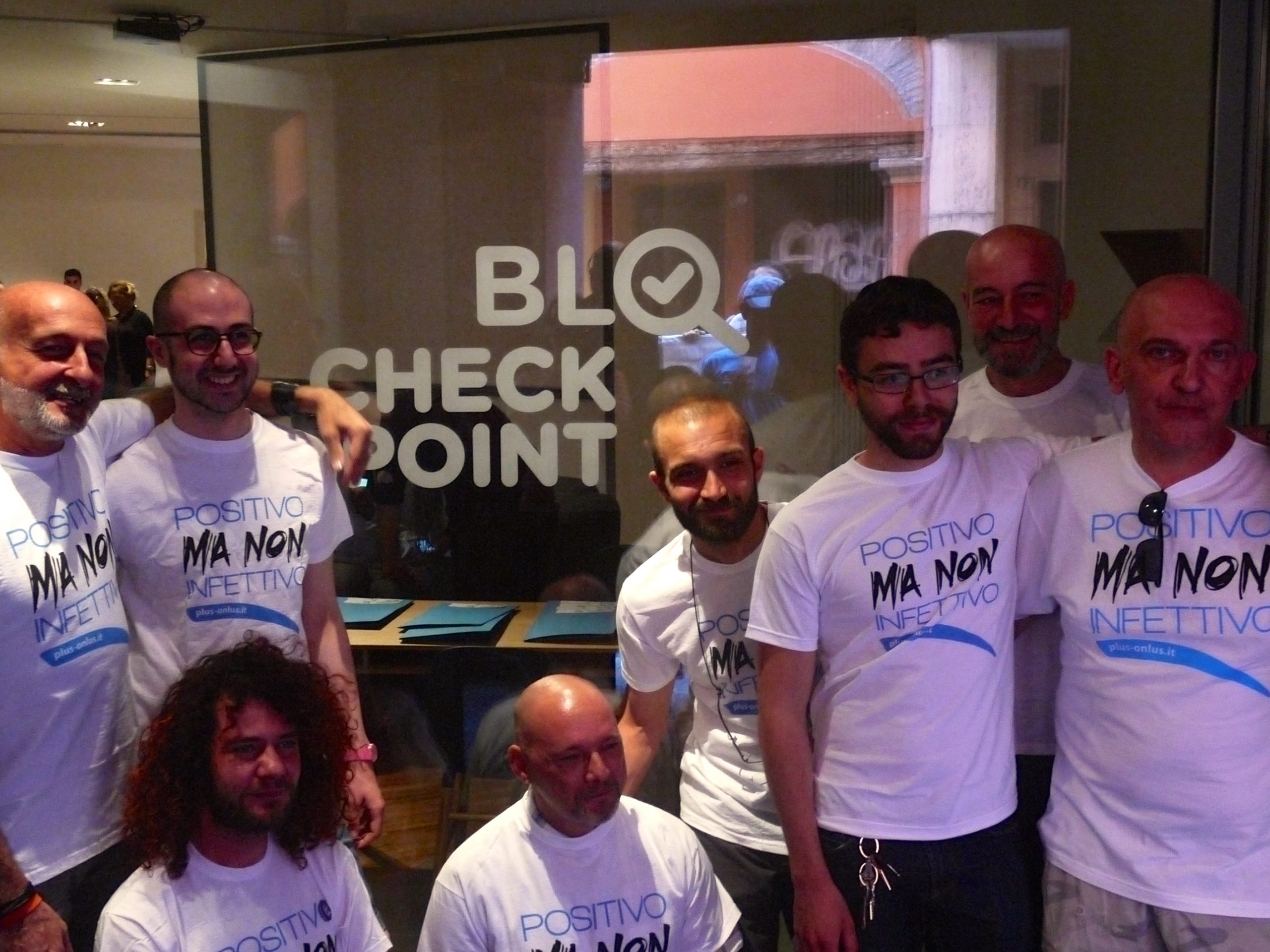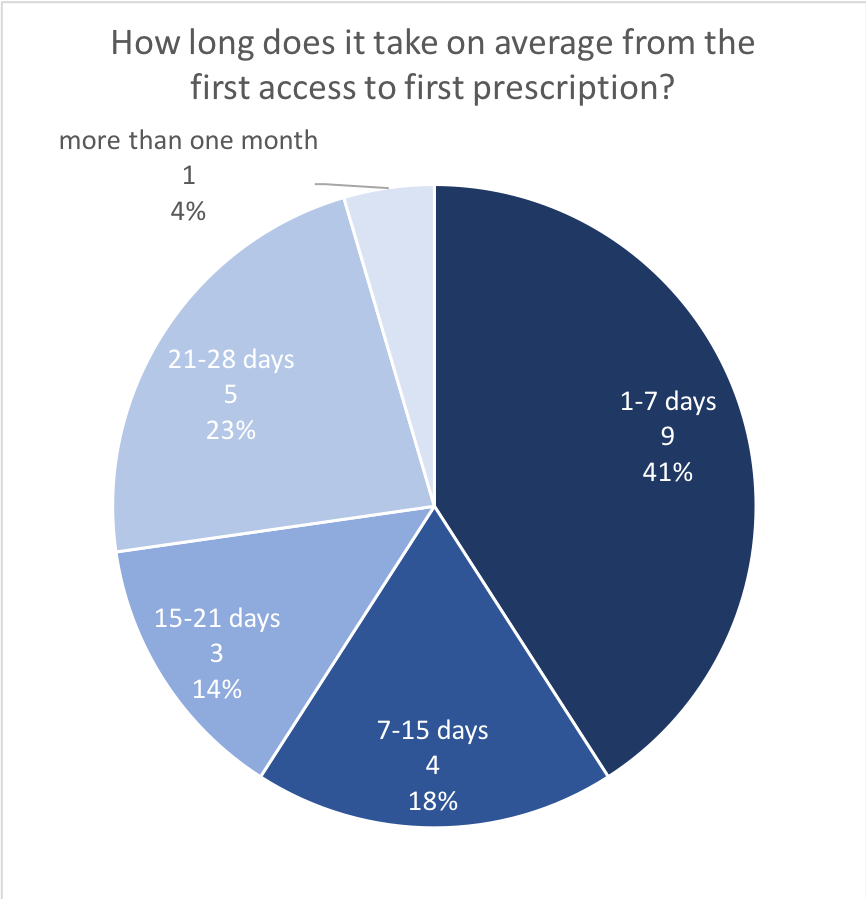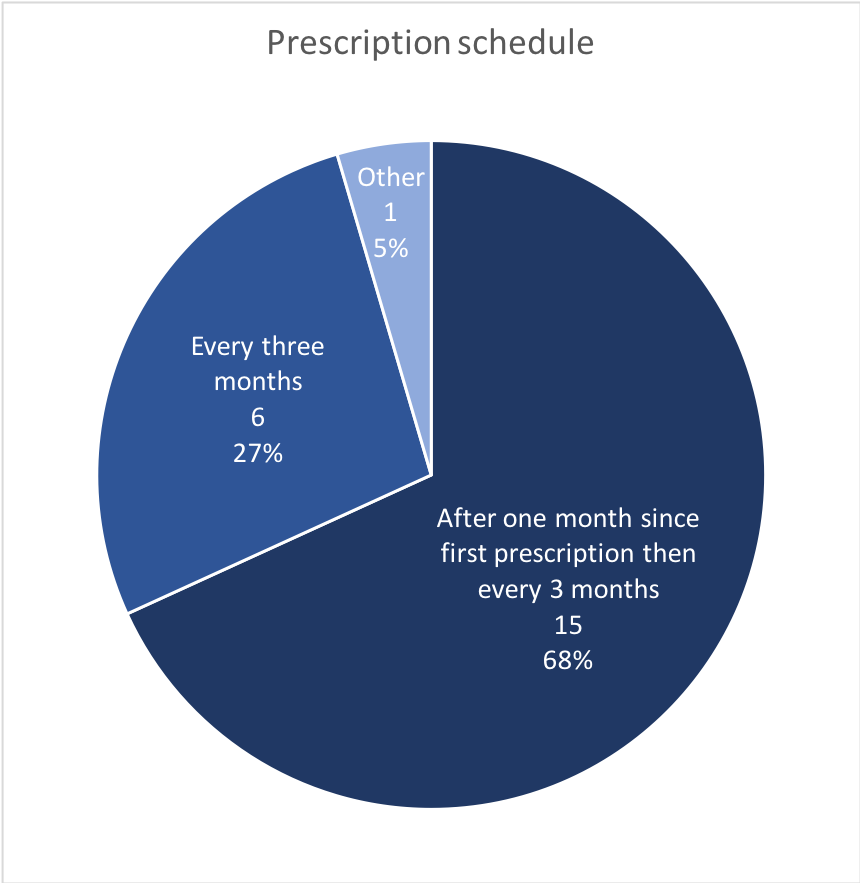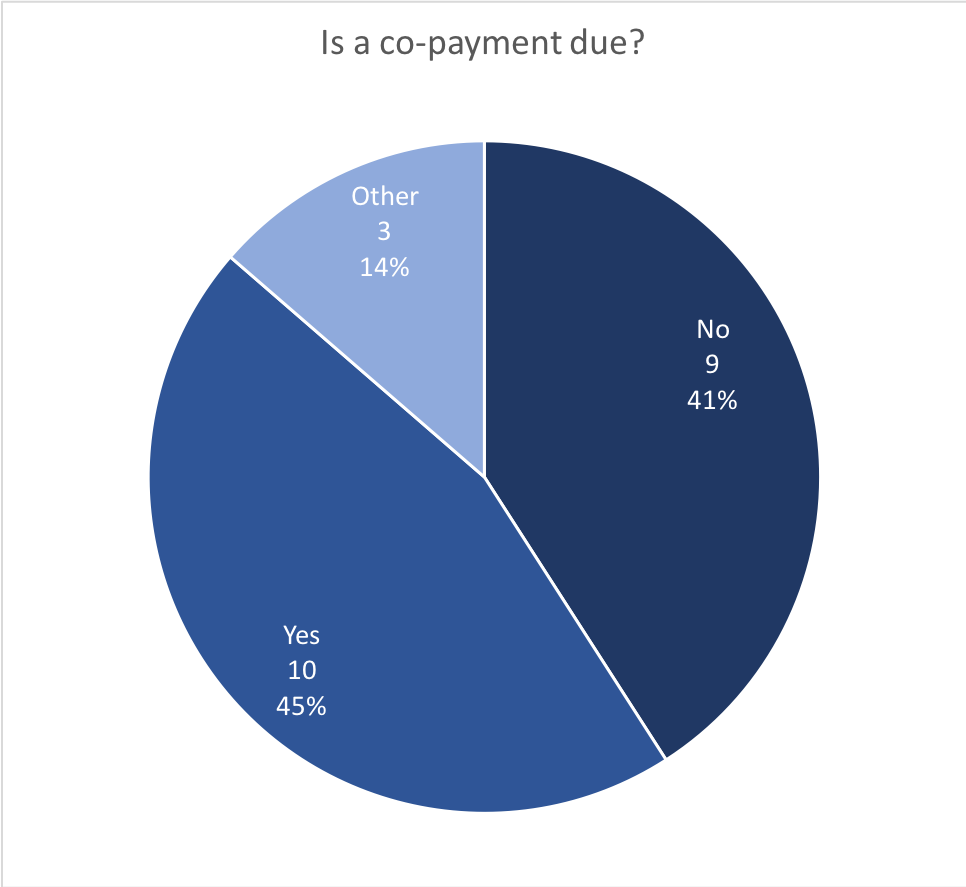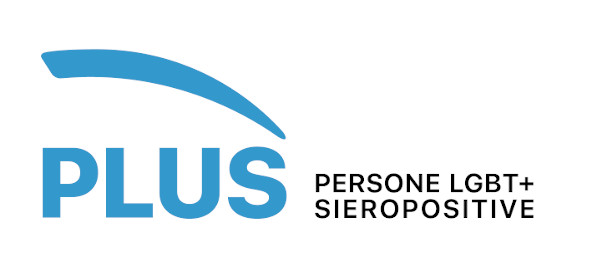È cambiata l’assistenza sanitaria per l’HIV in Italia a causa dell’emergenza Covid-19? Per provare a rispondere a questa domanda, l’associazione Plus, persone LGBT+ sieropositive, ha chiesto al sociologo Raffaele Lelleri di condurre una ricerca per raccogliere le posizioni delle persone con HIV in Italia.
È nato così il questionario “Tra HIV e Covid-19”, composto da 29 domande e distribuito dal 28 marzo al 30 aprile 2021, al quale hanno risposto 542 persone di cui 439 hanno fornito risposte validate.
Qui di seguito, una sintesi dei risultati principali. A questo link è possibile scaricare il report completo.
| INTRODUZIONE | |
| Di cosa di occupa questa ricerca? | La ricerca indaga l’impatto dell’emergenza Covid-19 sull’assistenza sanitaria per l’HIV: > È cambiata l’assistenza sanitaria a causa della pandemia? Come? > Il Covid-19 è stata soprattutto una crisi-opportunità o una crisi-fallimento? |
| Come è stata realizzata? | È stato usato un breve questionario anonimo, auto-compilato e on-line, attivo da fine marzo a fine aprile 2021. |
| Chi ha coinvolto? | > Il target è rappresentato dalle persone HIV+ in terapia in Italia. > Il campione è costituito da 439 persone – di tutte le aree geografiche del Paese, con un’età media di 47 anni, in media da 12 anni consapevole del proprio status HIV+; è inoltre prevalentemente MSM. Il campione è numeroso ma non è casuale: è quindi necessaria cautela nel trasferirne i risultati a tutta la popolazione delle persone HIV+ in terapia in Italia. |
| RISULTATI | |
| Durante la pandemia la carica virale nei pazienti in trattamento ha avuto un rialzo? | No. Al contrario, il trend è di miglioramento. |
| La pandemia ha reso più difficile l’assistenza sanitaria per l’HIV? | Sostanzialmente no, anche vi sono delle questioni aperte. Durante l’emergenza: > Lo 0,9% non ha fatto alcun controllo del sangue. > Il 17,5% non ha mai fatto una visita in presenza con l’infettivologo. |
| Visite, terapie, farmaci, esami:> I pazienti sono soddisfatti, oggi? > È cambiata la qualità a causa della pandemia? | La situazione è positiva, anche se numerosi sono coloro che rilevano un peggioramento: > Il 60,4% è soddisfatto, il 18,0% non è soddisfatto. > Il 50,1% non vede alcun cambiamento; il 45,8% un peggioramento; il 4,1% un miglioramento. |
| Relazione con il personale sanitario:> I pazienti sono soddisfatti, oggi? > È cambiata la qualità a causa della pandemia? | La situazione è positiva, anche se abbastanza numerosi sono coloro che rilevano un peggioramento: > Il 60,3% è soddisfatto, il 14,6% non è soddisfatto. > Il 57,9% non vede alcun cambiamento; il 36,9% un peggioramento; il 5,2% un miglioramento.Il quadro è simile ma lievemente migliore rispetto a quello delle terapie, farmaci ed esami. |
| La pandemia ha allungato i tempi tra le visite in presenza con l’infettivologo? | La situazione è eterogenea e tendenzialmente in peggioramento: > Il 46,5% nota un allungamento; il 43,5% non vede alcun cambiamento; il 10,0% una diminuzione. |
| Facilità di contatto con professionista sanitario per risposte professionali e veloci:> I pazienti come la valutano, oggi?> È cambiata a causa della pandemia? | La situazione è particolarmente differenziata. Attualmente è lievemente positiva, ma tende al peggioramento: > Le risposte positive superano di misura quelle negative. > La maggioranza (53,3%) non vede alcun cambiamento; segue il 41,9% che nota invece un peggioramento. |
| A causa della pandemia si sono allungati i tempi tra il prelievo e la conoscenza degli esiti? | Sì, ma solo in parte: la maggioranza assoluta ritiene infatti che i tempi sono rimasti invariati (69,7%); il 26,7% pensa che si siano allungati. |
| A causa della pandemia si sono allungati i tempi tra gli accertamenti per patologie correlate all’HIV? | Sì, il 48% è di questa opinione. Il 44,7% ritiene invece che i tempi siano rimasti sostanzialmente gli stessi. |
| Il timore per il Covid-19 ha ‘frenato’ l’accesso alle strutture sanitarie di riferimento per l’HIV? | No per oltre il 70% dei rispondenti. Il 12,1% ne è invece influenzato tuttora. |
| Con la pandemia si sono maggiormente diffusi, presso le strutture sanitarie, i sistemi di valutazione della soddisfazione dei pazienti? | No. La diffusione di questo sistema, già piuttosto limitata (23,5%), si è lievemente ridotta nell’ultimo anno. |
| A causa della pandemia sono state modificate le modalità di distribuzione dei farmaci antiretrovirali per l’HIV ai pazienti? | In parte sì, e in direzioni opposte: > Il 71,4% non rileva differenze nell’ultimo anno. > Il 17,6% ne rileva in termini di miglioramento. > Il 11,0% in termini di peggioramento. |
| In definitiva, la pandemia ha influito sull’assistenza sanitaria per l’HIV? | Il 47,4% dice di no; il 48,7% dice di sì, e in termini di peggioramento. Pochissimi (3.9%) coloro che pensano che la pandemia abbia migliorato i servizi. |
| In definitiva, è una buona idea adattare le modalità dell’assistenza sanitaria alle esigenze della pandemia? | La maggioranza assoluta è d’accordo (62,5%); il 20,7% dice di no. |
| In generale, il campione della ricerca è omogeneo o differenziato al proprio interno? | Non vi sono risposte unanimi. Al contrario, sono sempre rappresentate tutte le posizioni, seppur con pesi relativi diversi. In molte occasioni, la risposta più selezionata è stata quella dell’invariabilità (cioè: la pandemia non ha modificato l’assistenza sanitaria per le persone HIV+), seguita a poca distanza da quella negativa (la pandemia ha peggiorato l’assistenza sanitaria per le persone HIV+). |
| In generale, fa la differenza la macro-zona geografica di domicilio del rispondente? | Pare di sì: > In vari casi il Centro è emerso come problematico; anche il Sud lo è, anche se meno di frequente. > In vari casi, il Nord è rappresentato come più performante. |
| In generale, fa la differenza l’età del rispondente? | Tendenzialmente sì: > I più giovani criticano maggiormente l’esistente. > I più anziani apprezzano maggiormente l’esistente. |
| In generale, fa la differenza l’anzianità di HIV-positività del rispondente? | Pare di sì, sebbene le risultanze non siano sempre univoche: > Quando fanno delle valutazioni sulle evoluzioni nel tempo, le persone che da più anni sanno di essere HIV+ tendono a notare dei peggioramenti più di frequente delle altre > Quando fanno delle valutazioni sullo stato attuale, le persone che da meno anni sanno di essere HIV+ tendono ad essere più critiche. |



